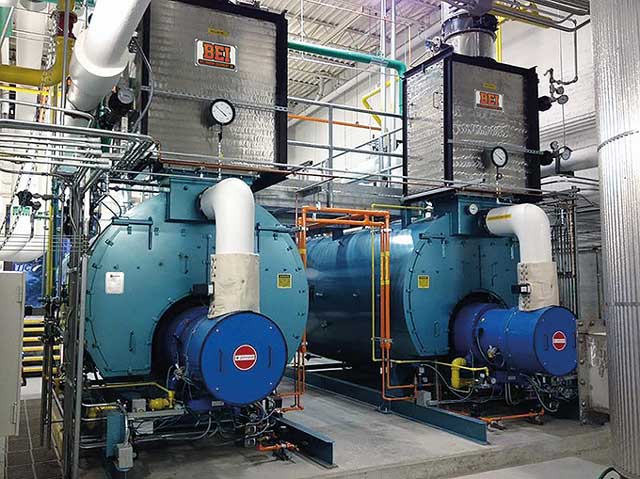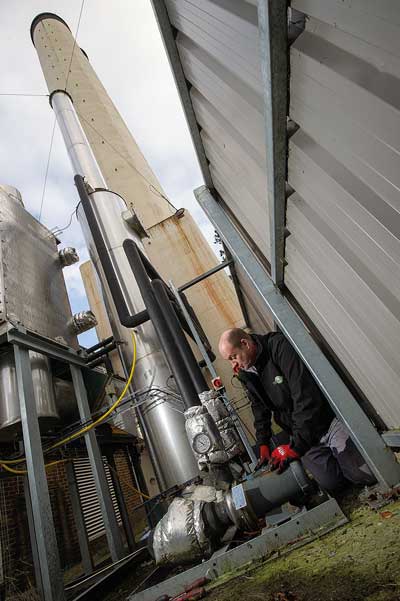

For every million pounds spent on fuel, £200,000 disappears as stack losses. Heat recovery goes some way to addressing this issue. But Robert Triebe, chief operating officer and heat recovery specialist at Thermal Energy International, explains that finding an appropriate use for the recovered heat is as much a part of the system design as recovering the heat itself.
Heat recovery comes in all shapes and sizes, from bolt-on economiser technology, to massive open shower or spray towers. As a result, the concept can be applied across the board to improve efficiency, reduce fuel costs and minimise emissions. However, for organisations to gain the benefits, the end-to-end design and purpose of a system needs to be carefully considered.
Know your limits
For heat recovery, every plant will fall into one of two categories, referred to as source limited or sink limited. This is to say that it will either have a bigger waste heat requirement than it has waste heat available, or more waste heat available than it has use for. In both cases, there is a limit to the savings a site can usefully achieve.
Among other factors, where and how a site is able to use any heat recovered affects the type of technology it should install. Simply looking at overall efficiency claims or installation costs will not necessarily translate into savings or achieve the best return on investment.
Sink or source limited?
A source limited system is able to use all the waste heat it could possibly recover – in other words there is a large heat requirement. Examples of this type of application include food and beverage plants, large institutional sites such as hospitals, or anywhere that tends to need a high volume of hot water, which can be fully or partially heated by the recaptured low-grade heat. Other examples would be the pharmaceutical industry or the pulp and paper sector, both of which tend to have high air or space heating requirements.
Sink limited situations, on the other hand, are plants which only have use for a certain amount of available waste heat. Instead of the efficiency being limited by how much heat the technology can take from the exhaust, it’s limited by how hot the system can make the limited heat sinks (usually air or water) in a given time. The classic example is boiler make-up water.
Finding the best solution
If a site is sink limited, for example when the only heat sink would be boiler make-up water, an indirect heat recovery system is often the best to install. Heat, often in the form of exhaust gases, is passed through a heat exchanger, such as Thermal Energy’s HeatSponge economiser range. This type of heat recovery system is often the one that sites are most familiar with.

In source limited sites, the heat recovery system needs to recover all the waste heat possible. Direct contact heat recovery is usually a more suitable option. As in Thermal Energy’s FLU-ACE technology, direct contact occurs when fluid (often water) is sprayed directly on to the hot exhaust gases, re-capturing heat which would otherwise be lost to the atmosphere. Through this process a large quantity of heat is recovered, but generally at a significantly lower temperature than in the case of indirect heat recovery.
Even once the overall type of system has been defined, the design, complexity, and construction will depend on a variety of factors, including available space, the nature of the exhaust fumes (which affects corrosion), the available budget for the project and required payback period.
This is where expert specification and working with suppliers that offer a range of solutions can bring both real benefit and piece of mind to users looking to improve efficiency.
Further information: www.thermalenergy.com
For plants located in England or Wales there is financial support available through the Industrial Heat Recovery Support (IHRS) programme, recently extended until March 2022. Organisations can receive funding at any stage from consultation and analysis through to final delivery.
To find out how to take advantage of the scheme and how suppliers are set up to help, visit www.thermalenergy.com/accessing-ihrs-funding.

